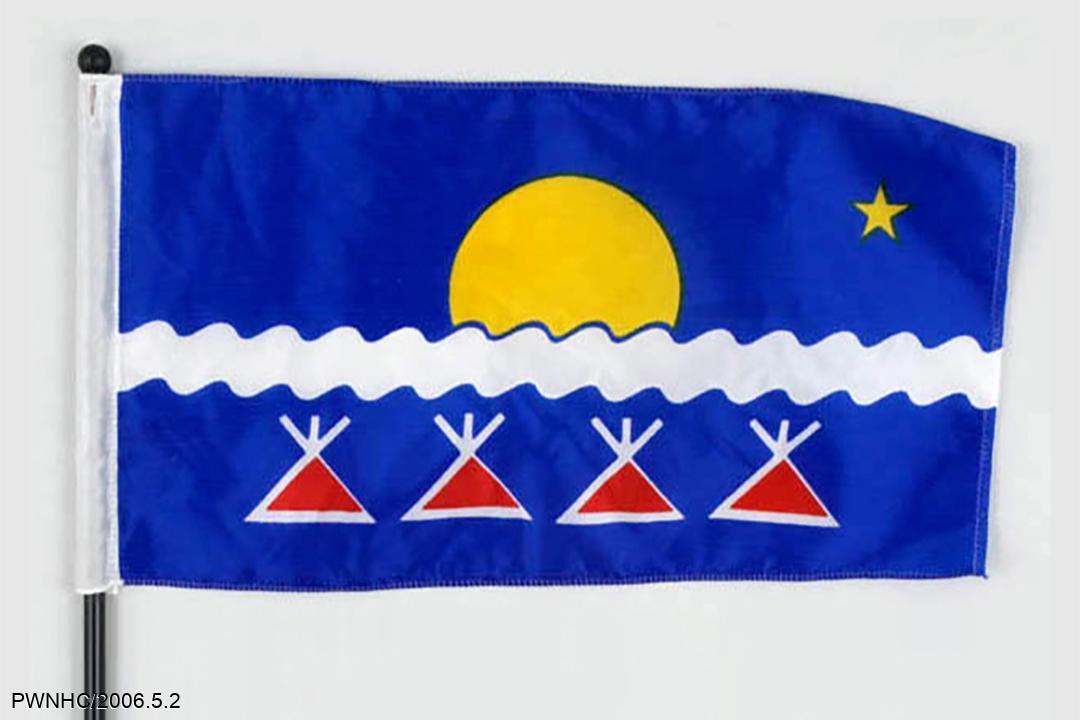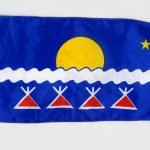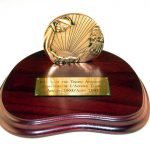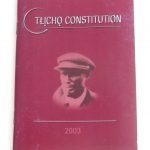2005
Tłı̨chǫ Self Government Agreement
The Tłı̨chǫ Agreement was signed on August 25, 2003 and came into effect August 4, 2005. It was the Northwest Territories’ first combined land claim and self-government agreement. The Tłı̨chǫ Government took power and held its inaugural assembly in Behchokǫ̀. It was a momentous day not only for the Tłı̨chǫ Dene but also for all the people of the north. Through a process that had taken almost thirty years, the 3,000 Tłı̨chǫ living in the Northwest Territories communities of Behchokǫ̀, Whatì, Gamètì, and Wekweètì became self-governing and more self-reliant.
Through the Tłı̨chǫ Government, residents of the area gained control of 39,000 square kilometres of land between Great Slave and Great Bear lakes in the central Northwest Territories [map]. This is the largest single block of First Nations-owned land in Canada, comparable in size to some of the smaller European countries such as the Netherlands (33,935 km²), Switzerland (41,296 km²), or Denmark (43,098 km²).
The Tłı̨chǫ Agreement also gave the Tłı̨chǫ Government jurisdiction over programs and services once controlled by the Government of the Northwest Territories. These include social assistance, housing, child and family services, and education. This new government – considered a ‘public’ government in that it represents both Indigenous and non-Indigenous people residing on Tłı̨chǫ lands – also has the power to create its justice system with capacities up to but excluding criminal matters.
This new regional government is funded through an annual payment from the Federal Government and through the ability to raise revenue through fees, mineral royalties, and taxation. The land claim cash settlement of $152 million, paid over 15 years, is the base for a Tłı̨chǫ Heritage Fund.



